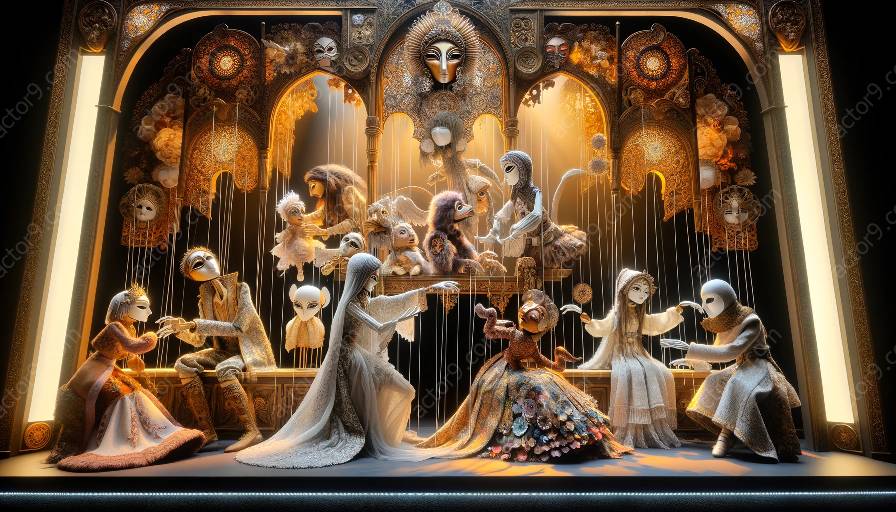Improvisation skills play a crucial role in the performing arts, particularly in the realms of puppetry and mask work. In live performances, the ability to improvise can greatly benefit puppetry and mask actors. This article explores the ways in which improvisation enhances these art forms and its connection to theater.
Improvisation in Puppetry and Mask Work
Puppetry and mask work are ancient art forms that involve the manipulation of puppets or the use of masks to convey stories and emotions. Both art forms rely heavily on the creativity and skills of the performers to bring life to inanimate objects or characters. Improvisation in puppetry and mask work allows performers to adapt to unexpected situations and create spontaneous interactions that engage and captivate the audience.
Enhancing Creativity and Spontaneity
One of the key benefits of improvisation in puppetry and mask work is the enhancement of creativity and spontaneity. When puppeteers or mask actors are able to improvise, they can seamlessly integrate unexpected elements into their performances, making them more dynamic and engaging. The ability to think on their feet and react in the moment adds an element of excitement and freshness to the show, keeping the audience on the edge of their seats.
Building Stronger Connections with the Audience
Improvisation skills enable puppetry and mask actors to build stronger connections with the audience. By responding to the audience's reactions and incorporating their input into the performance, the actors can create a sense of shared experience that draws the audience into the world of the performance. This interactive element adds depth and authenticity to the show, fostering a sense of intimacy and connection between the performers and the audience.
Improvisation in Theater
Theater, like puppetry and mask work, also relies on improvisation as a valuable skill for performers. Improvisational techniques are used in theater to enhance realism, spontaneity, and engagement. The link between improvisation in puppetry and mask work and its connection to theater lies in the shared emphasis on live, interactive performance and the ability of actors to adapt to unforeseen circumstances.
Sparking Innovation and Collaboration
Improvisation in theater encourages innovation and collaboration among actors. By exploring new ways to approach scenes and dialogue, actors can uncover unanticipated moments of brilliance that elevate the overall performance. This collaborative creativity adds depth and richness to the theatrical experience, captivating the audience and leaving a lasting impression.
Embracing Unpredictability and Authenticity
In theater, improvisation allows actors to embrace unpredictability and authenticity. By responding organically to the flow of the performance, actors infuse their characters with genuine emotions and reactions. This raw, unscripted authenticity creates a profound connection between the actors and the audience, making each performance a unique and unforgettable experience.
Conclusion
Improvisation skills significantly benefit puppetry and mask actors in live performances, as well as actors in the realm of theater. The ability to improvise enhances creativity, spontaneity, and audience connection, adding depth and authenticity to performances. Understanding the link between improvisation in puppetry and mask work and its connection to theater provides valuable insights into the potential of improvisation in elevating the art of live performance.




























